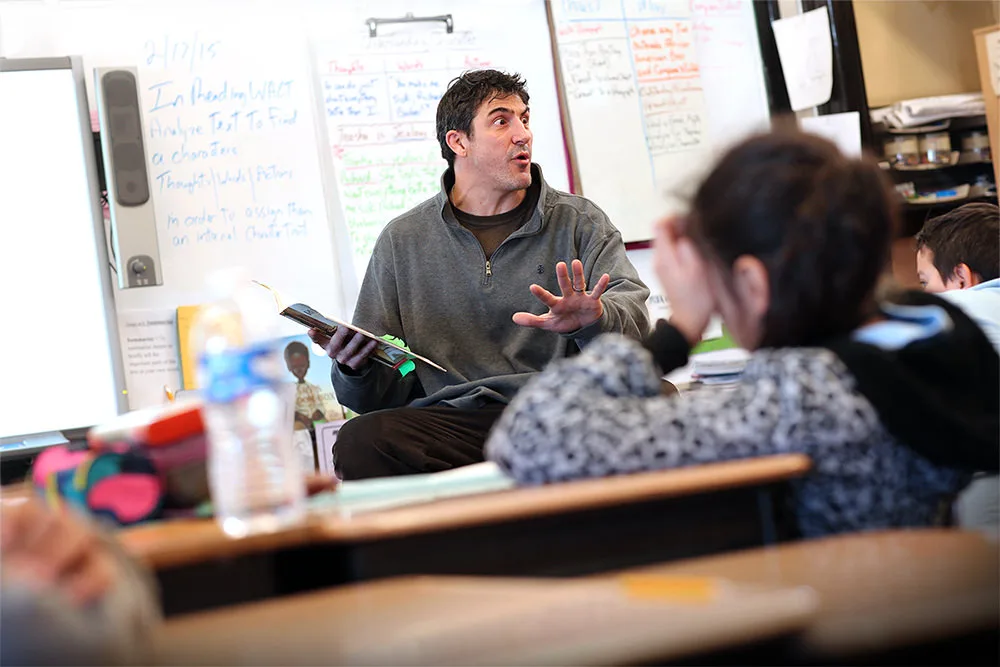


Any parent who owns a copy of Goodnight Moon knows that there are some books children can listen to over and over (and over!) again. Teachers know this, too. Knuffle Bunny. Click, Clack, Moo. Amazing Grace. These books never grow old. Children seem to feel for Trixie, root for those cows, and cheer Grace on with the same amount of enthusiasm whether it’s the first or sixth time they hear the story.
As teachers, we might groan a bit about reading the same book multiple times, but there are good reasons why children like it. Hearing the same story again and again feels safe and secure. The words, pictures and even the intonation and expression of the reader is predictable and comforting to children. Familiar books are like old friends. Children light up when they encounter a favorite from kindergarten on the shelf of their new first grade classroom.
Rereading favorite books is not just enjoyable for children, but helpful, too. Children learn through repetition. A study on language acquisition found that children pick up new vocabulary quicker from repeated readings of the same book than when they encounter the same words in different new texts (Horst, Parsons & Bryan, 2011.) This is especially helpful for English Language Learners. Multiple readings of the same book support them as they learn new words, phrases and sentence structures.
When we reread books together, our conversations around them get richer and richer. Our understanding deepens as we get to know the characters better and notice new things in the story. The focus shifts from understanding what is happening in the story to big ideas around author’s message and theme. Researchers found that children’s responses to questions during rereading grow in variety and complexity. They are able to make more associations, judgements and elaborative comments. (Morrow, Frietag & Gambrell, 2009)
The stories that we read aloud multiple times become the familiar stories that children love to read on their own or with a partner. Knowing a book well increases children’s confidence and engagement. Stock your library with favorite familiar read alouds. The children will flock to these books eager to use what they know along with new reading skills they are acquiring. When children read, retell or recite a familiar book they are using skills beyond simple memorization. They are practicing many reading strategies as they use picture clues to support pacing, comprehension, and problem solving. (Collins and Glover, 2015)
Sharing books that the whole class knows and loves builds a culture of literacy and sense of community in the classroom. It gives everyone a common language to go deep into one story and a solid base for exploring new ones.


Join CLI’s Breakfast Briefing to explore the future of literacy! Connect with education leaders, hear impact stories, and discover ways to get involved. Stay[..]

Empower Oregon’s educators with proven literacy strategies! Join our free virtual info session to explore research-based tools and connect with experts. Register now!